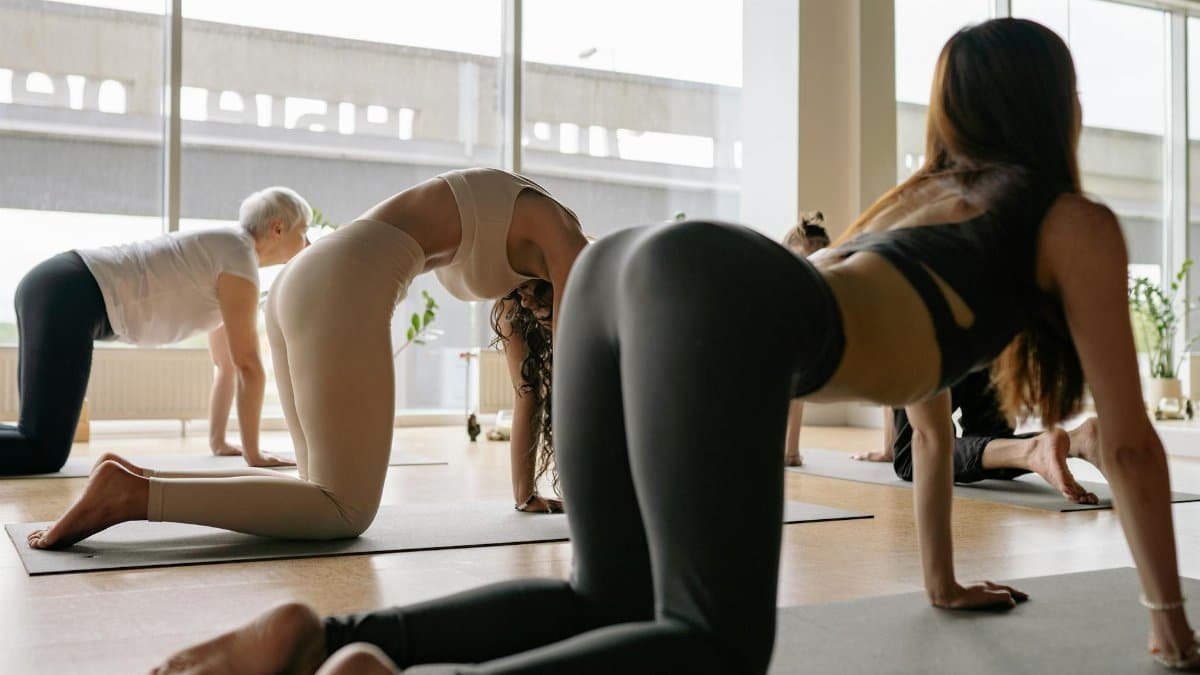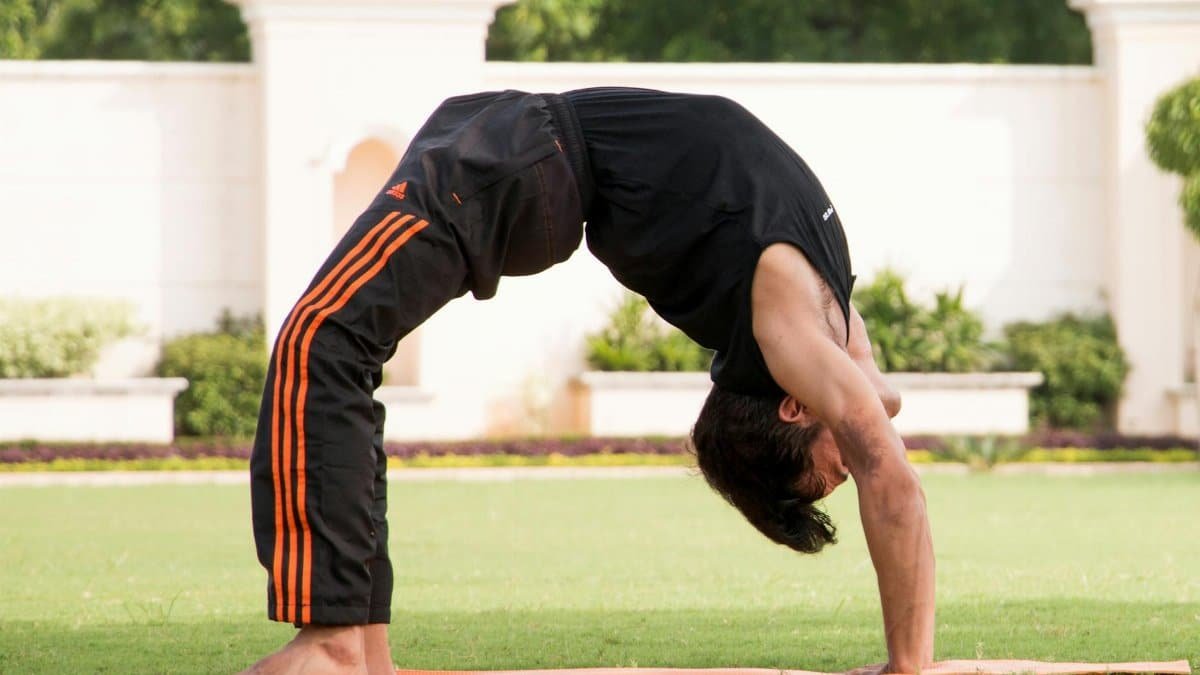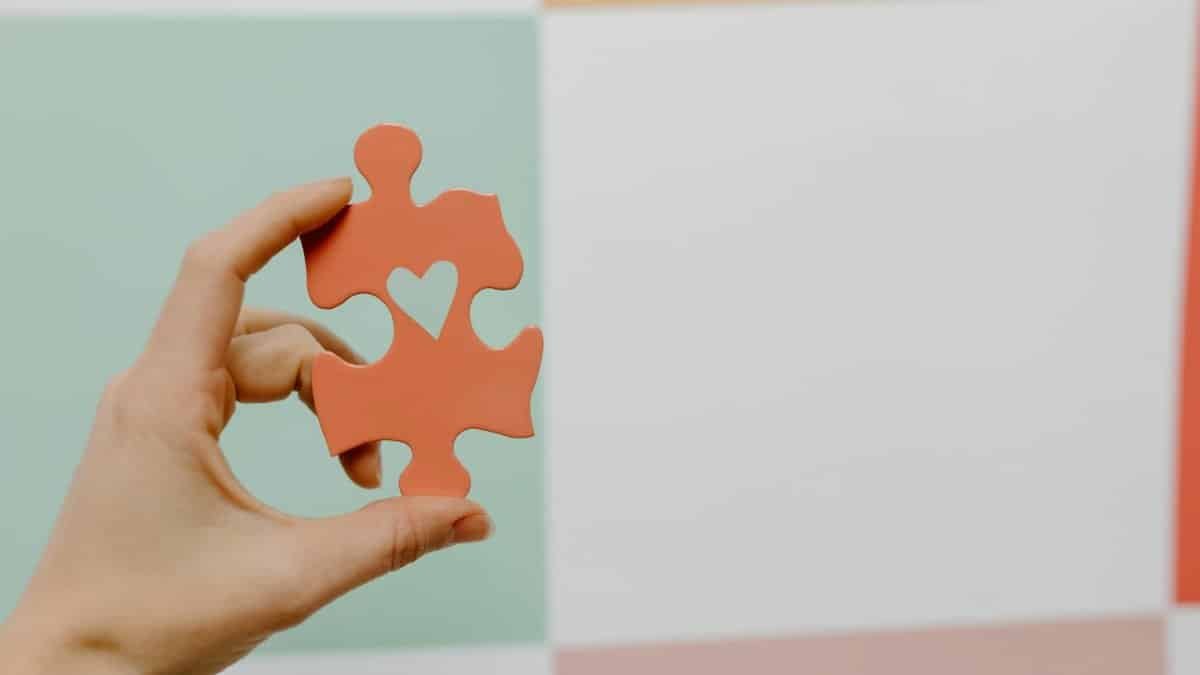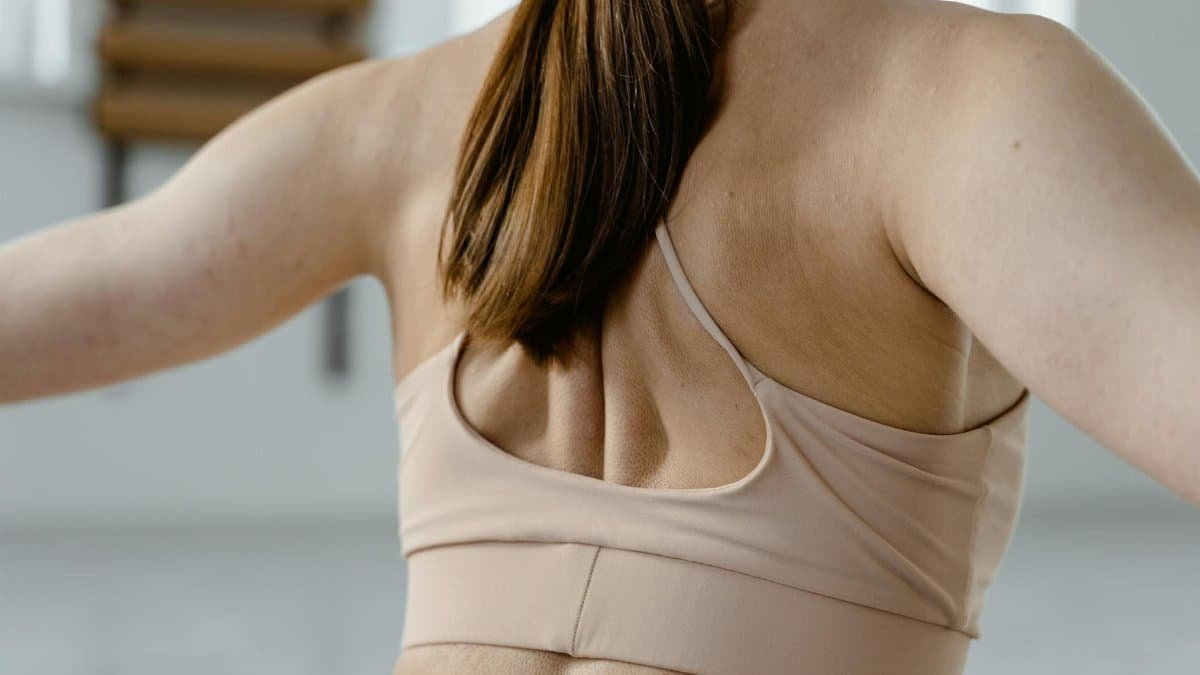In a fast-paced world where self-doubt can creep in unexpectedly, a surprising statistic offers a glimmer of hope: according to a 2023 study from the National Institutes of Health, regular yoga practice can boost self-esteem by up to 20% in participants over just eight weeks. This isn’t just about flexibility or relaxation; it’s about harnessing inner strength through deliberate movement. As Americans increasingly turn to wellness practices amid rising stress levels— with over 36 million practicing yoga in the U.S. alone, per recent data—yoga routines emerge as powerful tools for building confidence. From empowering poses that foster a sense of stability to sequences that encourage mental clarity, these routines tap into ancient wisdom adapted for modern lives. In 2025, as mental health conversations evolve, exploring these five targeted routines reveals how they can transform hesitation into assurance, one breath at a time.
1. Grounding Warrior Flow

Start with the basics, where stability meets strength. The Grounding Warrior Flow begins in Mountain Pose, feet firmly planted, as if rooting into the earth itself. Transition into Warrior I, lunging forward with arms raised high, embodying a sense of unshakeable resolve. This sequence, repeated on both sides, builds lower body power while encouraging deep, intentional breaths that calm the mind.
Imagine a busy professional in Chicago, juggling deadlines and doubts. She steps onto her mat, flows through these poses, and feels her posture straighten—not just physically, but mentally. It’s no coincidence; research from Harvard Medical School highlights how such standing poses activate the body’s proprioceptive system, enhancing self-awareness and poise.Harvard Health Publishing notes that consistent practice can reduce anxiety, paving the way for greater confidence in daily challenges.
Yet, it’s not all smooth sailing. Beginners might wobble in the lunge, a reminder that confidence grows through persistence. Vary the flow by adding a gentle twist in Warrior II, opening the chest to release stored tension. Over time, this routine shifts from mere exercise to a ritual of self-empowerment, where each hold whispers, “You’ve got this.”
Online discussions often reveal how such sequences help users stand taller in meetings or social settings. One anonymous account described feeling “like a warrior ready for battle” after just a week, underscoring the routine’s subtle yet profound impact.
2. Empowering Balance Sequence

Routine #2 stands out for its direct focus on empowerment, blending balance with breath to cultivate inner fortitude. Begin in Tree Pose, one foot pressed against the inner thigh of the standing leg, hands at heart center or extended overhead. Hold for five breaths, then switch sides. Follow with Eagle Pose, wrapping limbs to mimic a coiled spring of energy, releasing into a forward fold for release.
This sequence isn’t just about physical equilibrium; it’s a metaphor for life’s unsteady moments. Picture a young entrepreneur in Seattle, facing pitch rejections. He incorporates this routine daily, and soon, the act of balancing translates to mental resilience. A study published in the Journal of Alternative and Complementary Medicine found that balance-focused yoga improves self-efficacy, with participants reporting heightened confidence in decision-making.Journal of Alternative and Complementary Medicine details how these poses engage the vestibular system, fostering a sense of control.
What makes this empowering? The deliberate wobbles force acknowledgment of vulnerabilities, turning them into strengths. Add a visualization: As you balance, envision shedding doubts like leaves in autumn. For variety, incorporate a slow transition to Dancer’s Pose, extending one leg back while arching forward, symbolizing graceful risk-taking.
Experts from the Yoga Alliance emphasize adapting for all levels—use a wall for support if needed. In 2025, with remote work blurring boundaries, this routine offers a quick reset, empowering individuals to reclaim their narrative. It’s not magic; it’s mindful movement that reprograms hesitation into bold action.
Through repeated practice, users often find unexpected carryover. A teacher in New York shared how it helped her speak up in crowded rooms, her voice steady as her stance.
3. Heart-Opening Backbend Series

Shift gears to vulnerability and openness with the Heart-Opening Backbend Series. Lie on your back for Bridge Pose, lifting hips while pressing feet and shoulders into the mat, creating a gentle arch that expands the chest. Progress to Camel Pose on knees, reaching back to grasp heels, or modify with hands on lower back for support.
These poses counteract the hunching posture of desk-bound days, literally opening the heart chakra in yogic terms. Consider a retiree in Florida, rediscovering purpose post-career. She flows through this series, feeling emotional barriers lift alongside physical ones. The National Center for Complementary and Integrative Health reports that backbends can alleviate symptoms of depression, indirectly boosting confidence by improving mood.NCCIH Yoga Overview underscores yoga’s role in emotional regulation.
But caution is key—overarching can strain the back, so build gradually. Intersperse with Child’s Pose for recovery, allowing reflection on what “opening up” means personally. This series invites introspection: Why do we close off? In answering, confidence blooms from authenticity.
Vary by adding Supported Fish Pose with a block under the back, promoting sustained release. As trends in 2025 highlight holistic wellness, this routine reminds us that true empowerment stems from emotional flexibility as much as physical.
4. Dynamic Power Flow

Inject energy with the Dynamic Power Flow, a sequence that builds heat and momentum. From Downward Dog, step into High Lunge, then explode into a jump switch, alternating legs for dynamism. Incorporate Chair Pose twists to engage the core, fostering a fiery sense of capability.
This isn’t gentle yoga; it’s a call to action. Envision a student in Austin, battling imposter syndrome before exams. The routine’s intensity mirrors her inner drive, transforming anxiety into fuel. Pew Research Center data shows yoga’s popularity among younger adults for stress management, correlating with improved self-perception.Pew Research on Wellness Trends (note: while not yoga-specific, it ties into broader self-improvement practices; for direct yoga stats, see related health surveys).
Challenges arise in maintaining breath amid movement, teaching pace control—a life skill. Slow it down for beginners, or amp up with arm balances for advanced practitioners. The result? A surge of endorphins that reframes “I can’t” to “Watch me.”
Storytelling from practitioners reveals patterns: One felt empowered to negotiate a raise after mastering the flow’s transitions, linking physical agility to professional assertiveness.
5. Restorative Affirmation Close

Wind down with the Restorative Affirmation Close, emphasizing integration. Settle into Legs-Up-The-Wall Pose, inverting gently to promote circulation and calm. Pair with seated meditation, repeating affirmations like “I am capable” while in Easy Pose.
This routine seals the confidence built in prior flows, allowing absorption. A parent in Denver, overwhelmed by family demands, ends her day here, emerging refreshed and assured. Studies from the American Psychological Association link restorative yoga to enhanced self-compassion, a cornerstone of confidence.APA on Yoga Benefits explores how such practices rewire negative thought patterns.
It’s deceptively simple, yet profound—rest as empowerment. Customize affirmations to personal goals, and use props for comfort. In an era of constant hustle, this close affirms that confidence thrives in stillness, not just action.
As these routines illustrate, yoga’s true power lies in consistent, mindful application, turning routines into lifelong allies for self-assurance.
